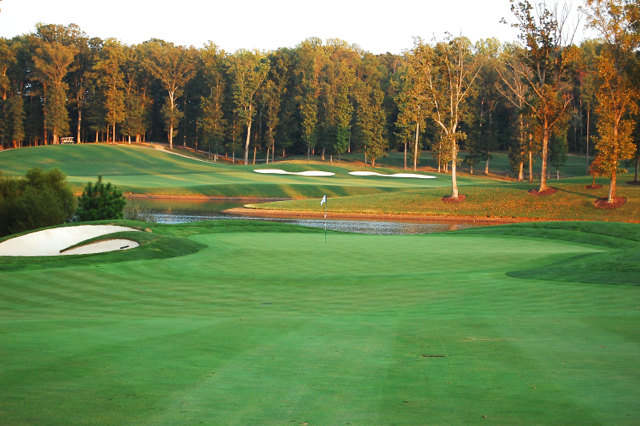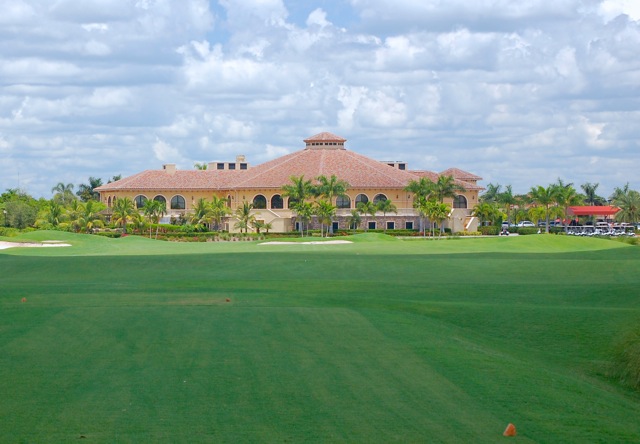NextAvenue.org, a web site sponsored by the Public Broadcasting System (PBS), provides lots of helpful information for retirees and those contemplating their post-career lives. Helpful or not, the site publishers couldn’t resist falling into the common Trap of the Lists. (You know, Best Of This or That Lists.)
NextAvenue has just published a list of the Fastest Growing Places to Retire, first developed at NerdWallet.com, a site dedicated to financial advice. Crunching selected data from the U.S. Census Bureau, NerdWallet compared the population growth of 65+ residents in cities across America to determine which had the fastest growing older population.

Many golf architecture afficionados believe Lester George's design at Kinloch,
outside Richmond, is the best in the state of Virginia.
The list includes a number of surprises, in addition to the surprise at why NextAvenue thought old person population growth would be an attraction to old persons. In almost a decade of assisting people to find a golf home in the South, most of them retirees, I have never been asked by anyone to identify a city with a vast number of folks 65 and older. A few customers have requested age-restricted communities (55 and older) in order to live among people their own age, but they don’t care if the surrounding county is old. And the vast majority of retirees want to be among a diverse demographic composed of families, near retirees and others. No God’s Waiting Room for them.
























